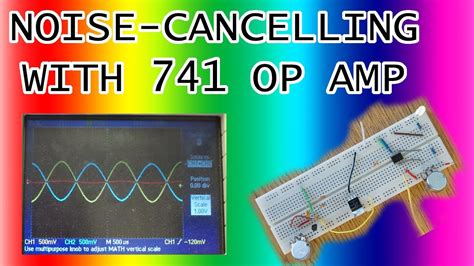
op amp layout guidelines noise reduction your pcb
Introduction to PCB Noise Reduction Noise reduction is a crucial aspect of designing and manufacturing printed circuit boards (PCBs) that utilize operational amplifiers (op amps).[…]
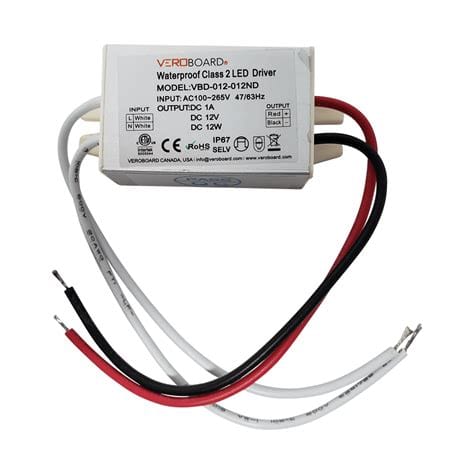
controlling high current leds tip3055 power transistor
Introduction to High Power LED Control Light emitting diodes (LEDs) have become ubiquitous in modern electronics due to their high efficiency, long lifespan, and versatile[…]
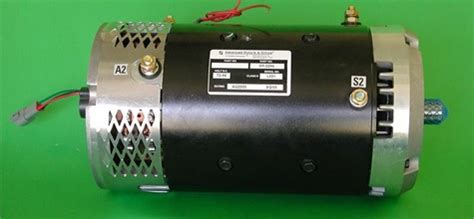
driving small dc motors altium designer
Introduction to DC Motors DC motors are widely used in various applications due to their simplicity, reliability, and ease of control. They convert electrical energy[…]
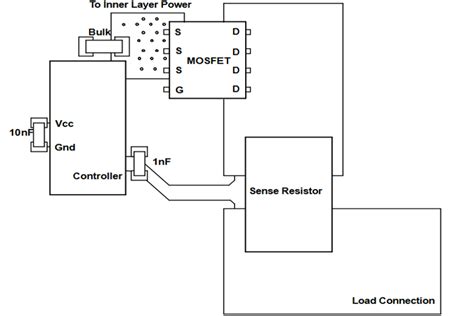
Pcb Layout Guidelines Switching Power Supplies And Regulators
Importance of Proper PCB Layout Proper PCB layout is essential for switching power supplies and regulators due to the following reasons: Minimizing EMI: Switching regulators[…]

Moving to open source PCB design
Introduction to PCB-FOSS Printed Circuit Board (PCB) design is a crucial aspect of electronic Product Development. Traditionally, proprietary software has dominated the PCB design industry,[…]

The first PCB manufacturer to fabricate the board with conformal coating in China RAYPCB
Introduction to RAYPCB RAYPCB is a leading PCB manufacturer based in China, known for its high-quality products and innovative solutions. As the first company to[…]
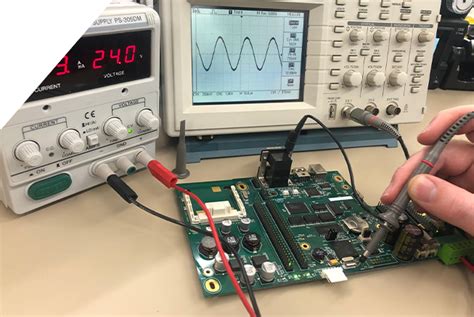
Things You Need To Know about PCB Testing
Why is PCB Testing Important? PCB testing is essential for several reasons: Quality Assurance: Testing helps identify defects and issues in the PCBs early in[…]
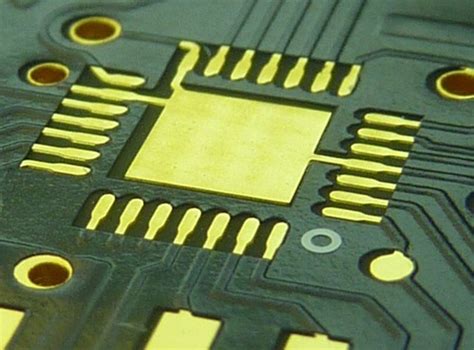
Board layout of QFN for more reliable soldering
QFN Package Overview QFN packages have a leadless design where the contact pads are located on the bottom surface of the component body. This allows[…]

What is solder paste and how to print it on PCBs in SMT assembly
Introduction to Solder Paste in SMT Assembly Solder paste is a crucial component in the surface mount technology (SMT) assembly process for printed circuit boards[…]
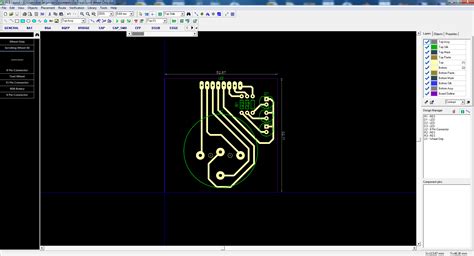
How to export Diptrace PCB to Gerber files
Introduction to Diptrace and Gerber Files Diptrace is a powerful and user-friendly PCB Design software that allows users to create high-quality printed circuit boards. One[…]